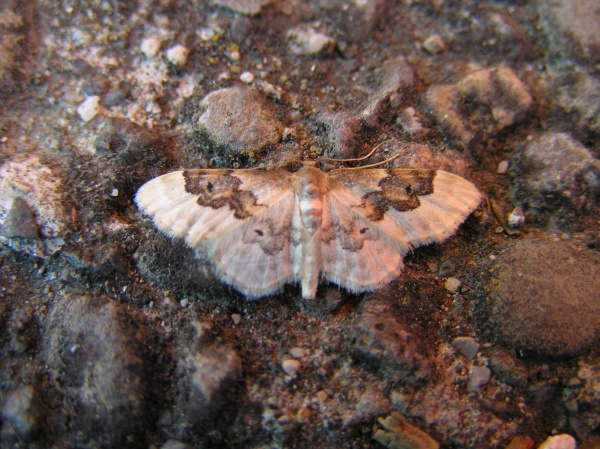Facts About Idaea rusticata
Idaea rusticata, commonly known as the least carpet, is a moth belonging to the family Geometridae. It was first described by Michael Denis and Ignaz Schiffermüller in 1775. This species is found throughout Europe, the Near East, and North Africa. Since 1968, it has become increasingly prevalent in Britain, expanding its range from London.
The adult least carpet moth has a wingspan of approximately 19–21 mm. Its wings are typically whitish or cream-colored with a tinge of light brown. The forewings are adorned with dark brown to red-brown lines and feature a distinctive black spot. The hindwings are light grey with darker lines running across them. The moth lays oval-shaped eggs, and its caterpillar stage is characterized by a short, brown larva. When it pupates, the pupa is light brown and shiny.
Idaea rusticata generally produces one generation per year. However, in southern Europe, where the conditions are more favorable, there may be a second, smaller generation. Adults are active from July to August, flying at night and attracted to lights. The larvae primarily feed on ivy (Hedera), traveler’s joy (Clematis vitalba), and dead leaves of other herbaceous plants.
It is important to note that the flight season mentioned here is specific to the British Isles and may vary in other regions.

 Ireland
Ireland